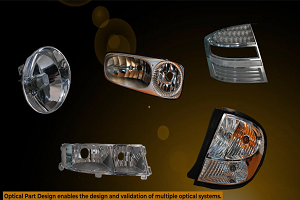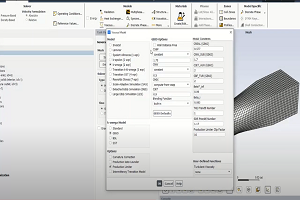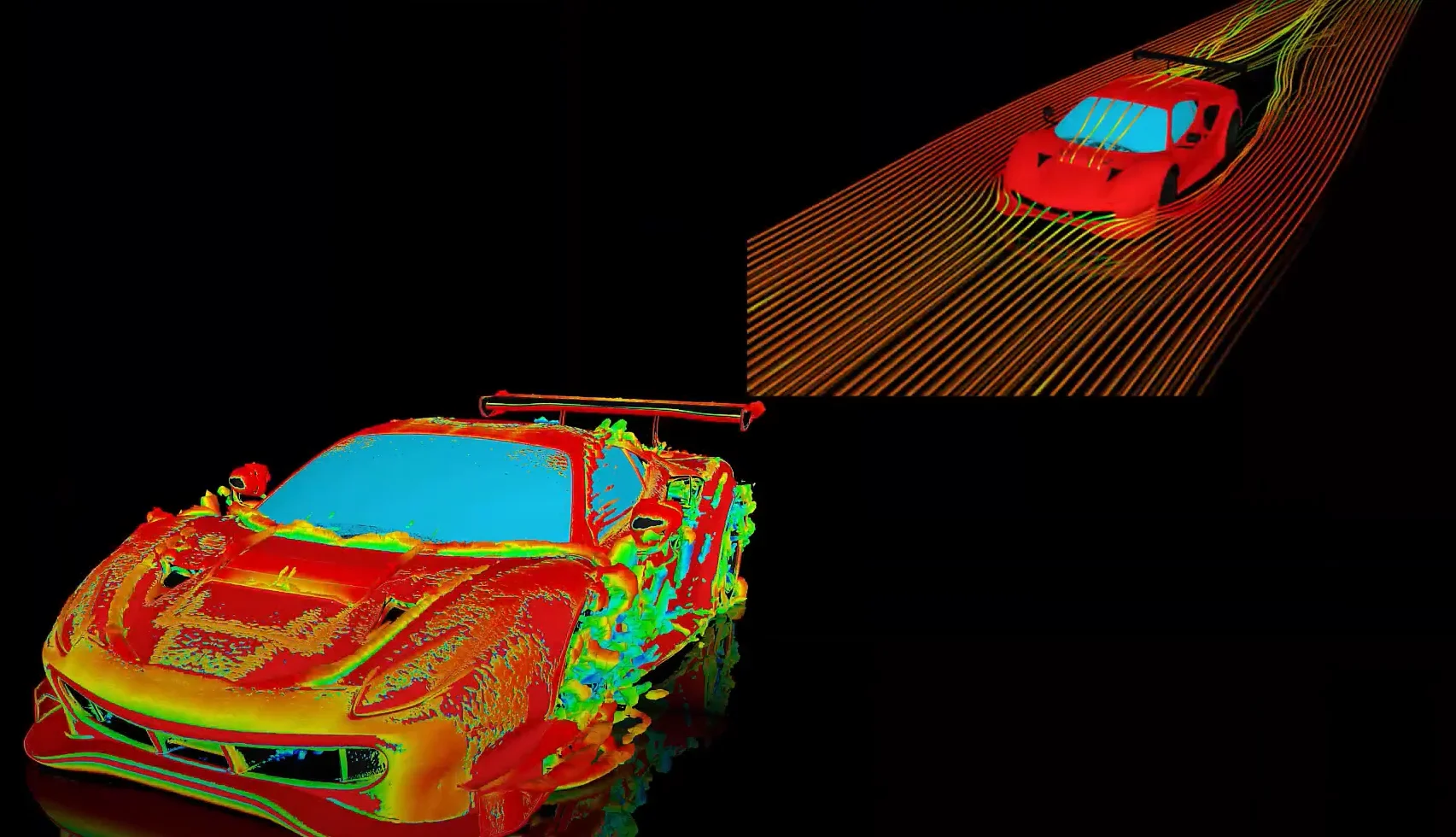In Fluent, how can we reduce the time for an unsteady simulation of a Conjugate Heat Transfer (CHT) simulation? Is there any way to give different time steps for fluid and solid in a single simulation?
-
-
March 17, 2023 at 1:11 pm
 SolutionParticipant
SolutionParticipantYou can reduce the time taken for unsteady CHT simulations as follows: 1.If the flow and heat transfer are coupled (that is, your model includes temperature-dependent properties or buoyancy forces), you can first solve the flow equations before enabling energy. Once you have a converged flow-field solution, you can enable energy and solve the flow and energy equations simultaneously to complete the heat transfer simulation. 2.For transient CHT problems, particularly those with combustion, the dominant time-scales in the fluid and solid zones are often quite different. In most cases, it is desirable to have a larger time step in solid zones, while maintaining a smaller time step in fluid zones. This will increase the speed at which the solid heat transfer reaches steady-state without compromising the solution accuracy of the fluid flow. To accommodate this, you can specify a solid time step on the Run Calculation task page: Solution >Run Calculation Please see the attached resolution document for more details, including information on how the default time step is calculated.
Attachments:
1. solid_time_step.pdf
-


Introducing Ansys Electronics Desktop on Ansys Cloud
The Watch & Learn video article provides an overview of cloud computing from Electronics Desktop and details the product licenses and subscriptions to ANSYS Cloud Service that are...

How to Create a Reflector for a Center High-Mounted Stop Lamp (CHMSL)
This video article demonstrates how to create a reflector for a center high-mounted stop lamp. Optical Part design in Ansys SPEOS enables the design and validation of multiple...

Introducing the GEKO Turbulence Model in Ansys Fluent
The GEKO (GEneralized K-Omega) turbulence model offers a flexible, robust, general-purpose approach to RANS turbulence modeling. Introducing 2 videos: Part 1 provides background information on the model and a...

Postprocessing on Ansys EnSight
This video demonstrates exporting data from Fluent in EnSight Case Gold format, and it reviews the basic postprocessing capabilities of EnSight.

- Defining heat transfer coefficient (HTC)
- How to use Thin Walls with Thermal boundary conditions?
- ANSYS Fluent Student: Conjugate Heat Transfer in a Heat Sink
- Thermal Analysis of a Radiator Using Ansys Fluent
- How to add comments to journal file so that I will know what each entry does?
- In ANSYS Fluent, when the energy equation is enabled and viscous heating is enabled, must pressure work also be turned on?
- Simulating Battery Pack Cooling System Using Ansys Fluent
- How to solve the warning: “Warning: zone of type interior found between different solids!”
- ANSYS Fluent: Overview of the Mapped Interface Technique for CHT Simulations (18.2)
- What is the difference between internal and external emissivity?

© 2025 Copyright ANSYS, Inc. All rights reserved.

